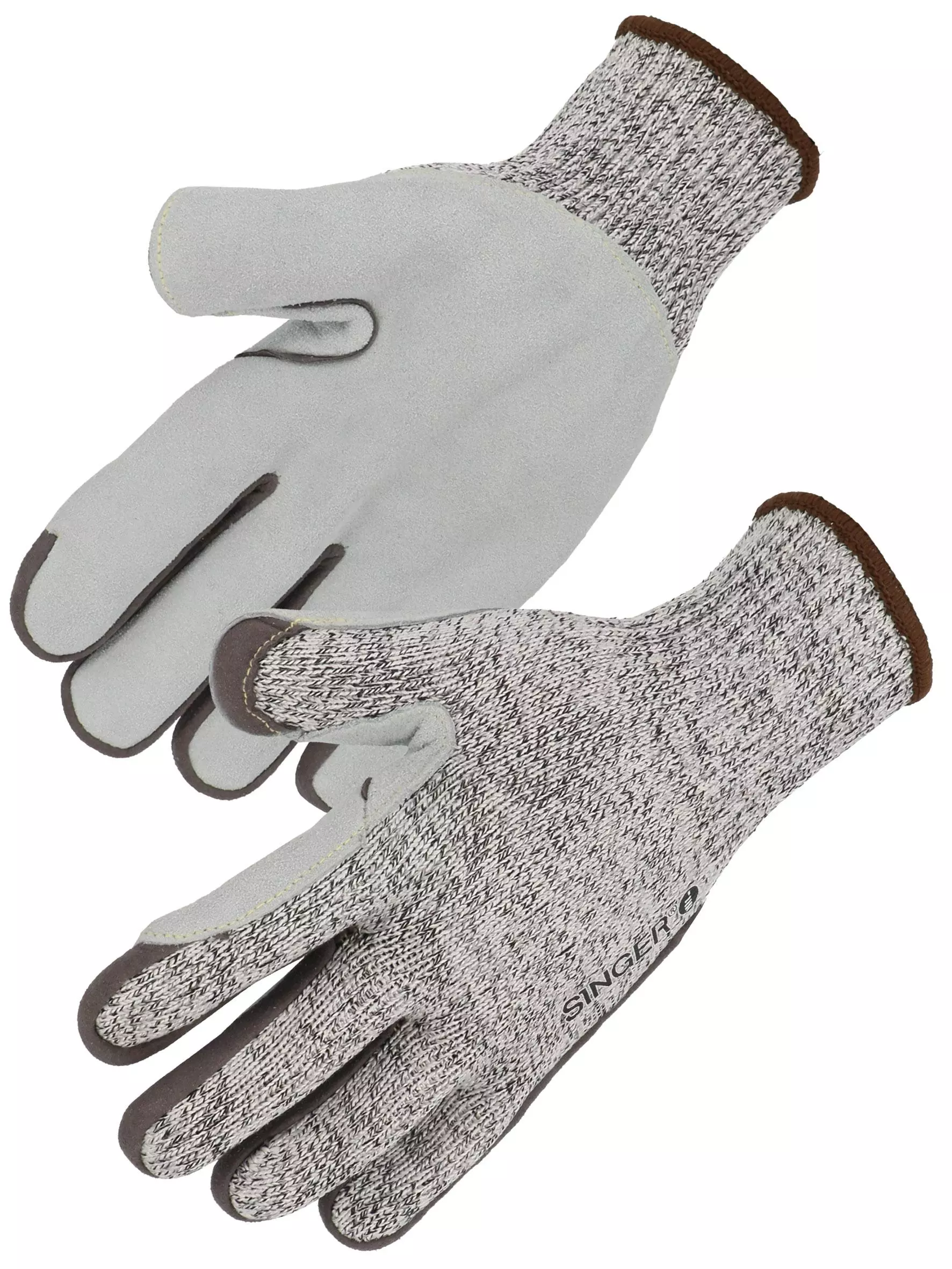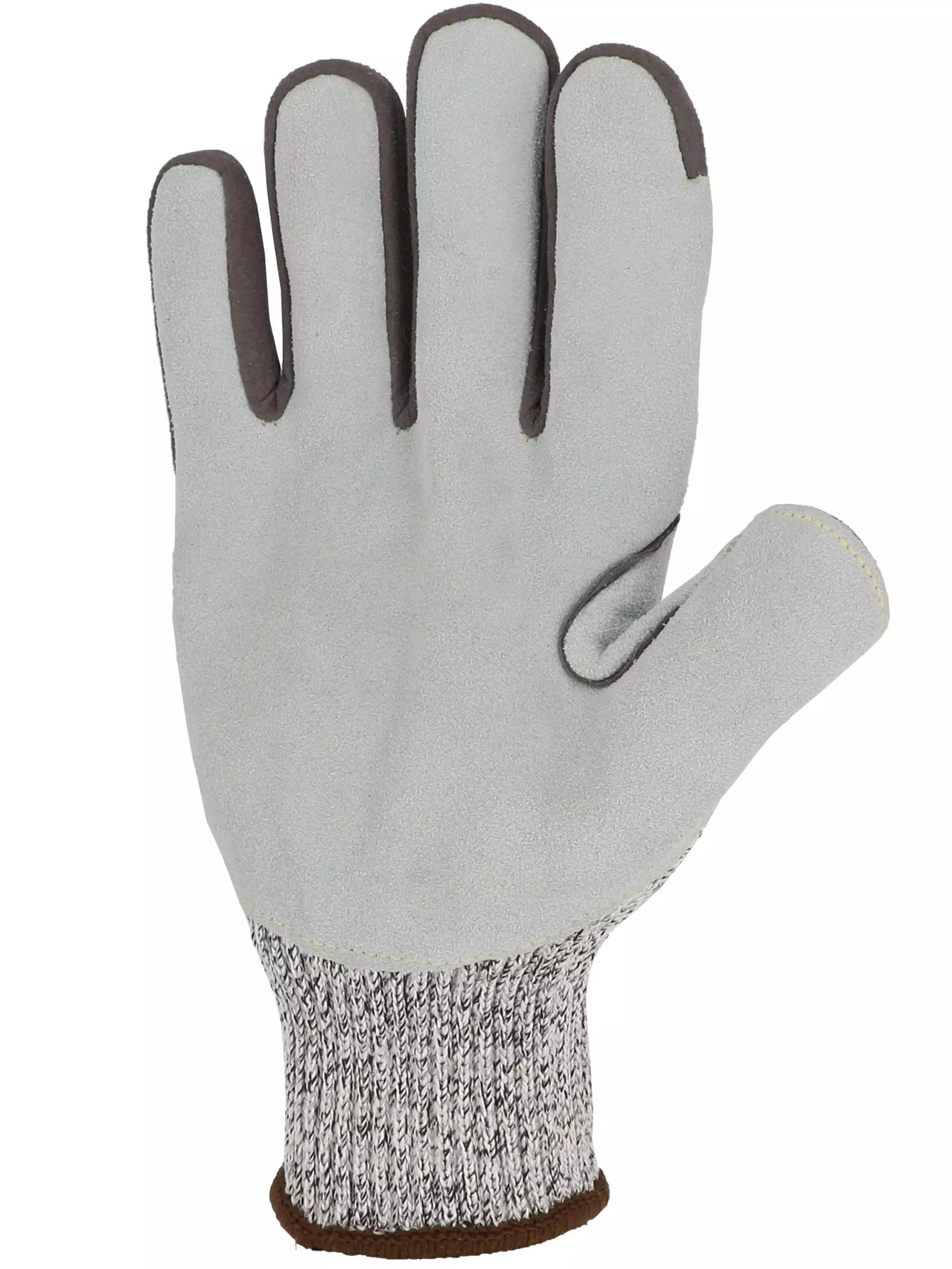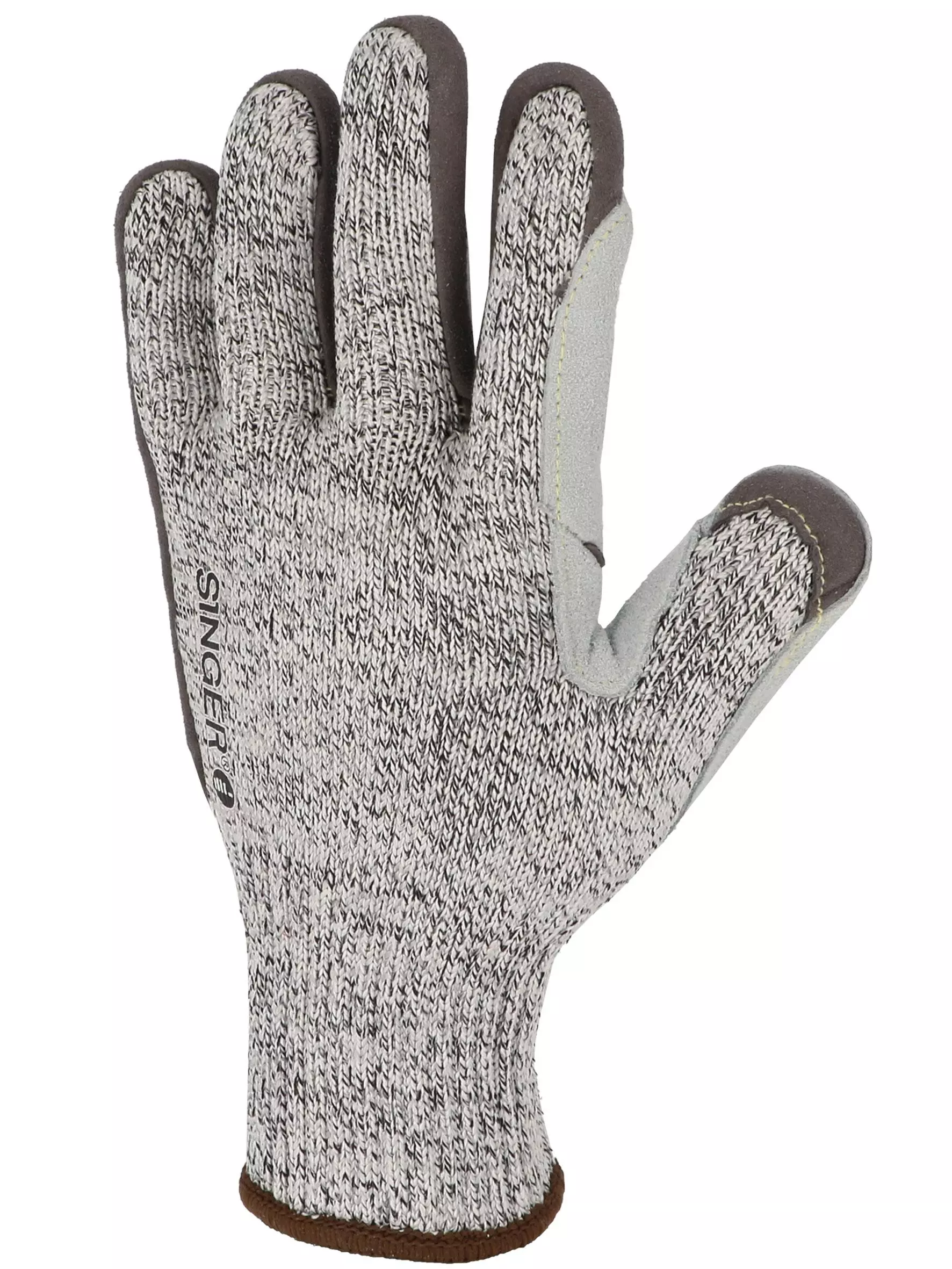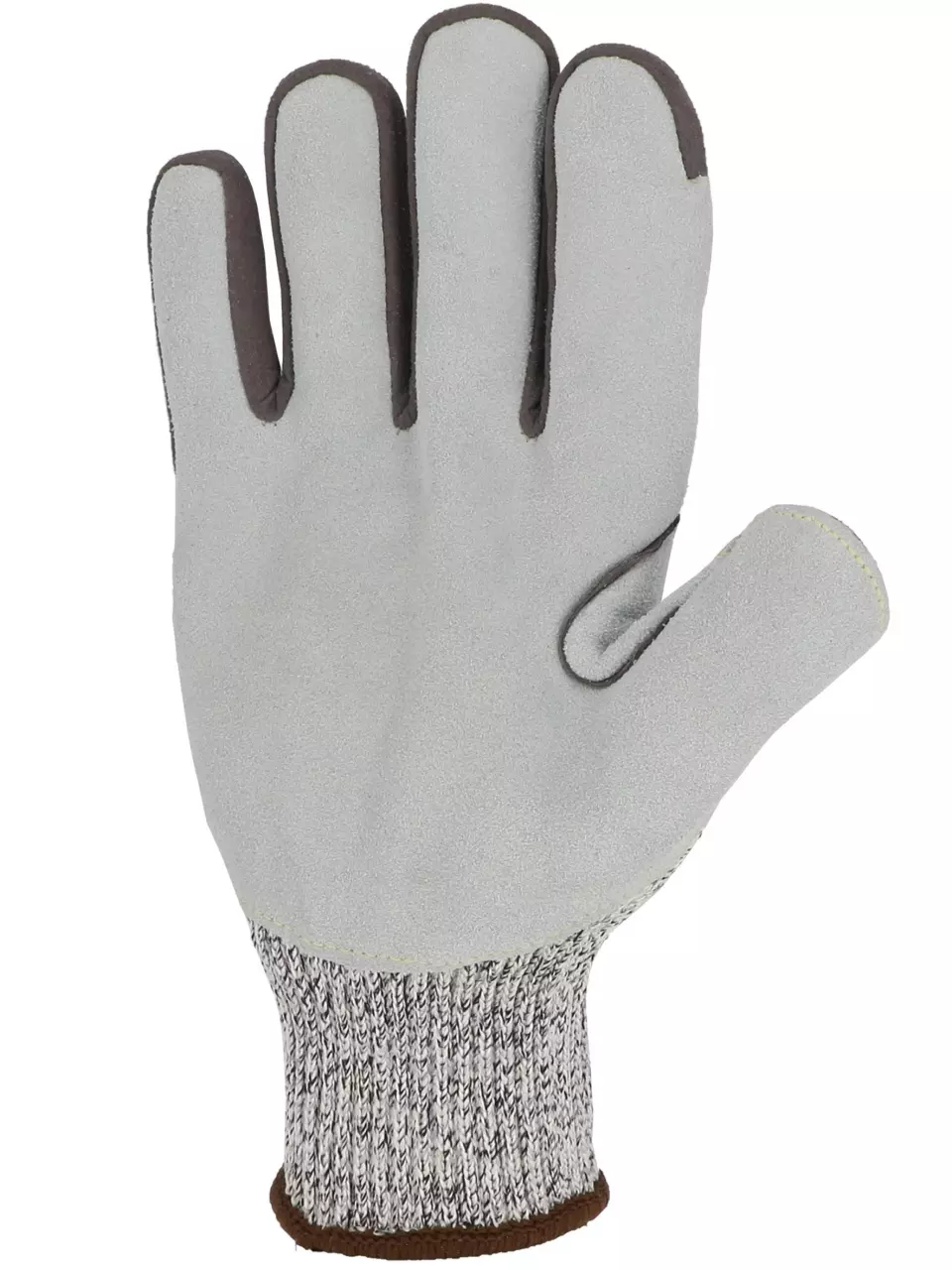


Features You'll Love

Support · Reinforced Thumb Crotch
Identifies areas of the glove with additional reinforcement for enhanced protection and durability in high-wear zones.
Singer Safety
Cut Resistant Gloves, 10 pairs
Cut Resistant Gloves, 10 pairs
5 / 5
116,83 €
Price per 10 pairs
11,68 € / pair
Choose size
Free delivery
Features You'll Love

Support · Reinforced Thumb Crotch
Identifies areas of the glove with additional reinforcement for enhanced protection and durability in high-wear zones.
Product description
The PHDCUT protective gloves feature a seamless high-density polyethylene knitted support with leather reinforcements for superior cut and heat protection. These gloves combine excellent mechanical resistance with enhanced dexterity, achieving Level D cut resistance certification and contact heat protection. The ergonomic design with fourchettes pattern and elastic knitted wrist ensures comfort during extended use while providing comprehensive protection against workplace hazards.
Product Features:
- Seamless knitted high-density polyethylene support for non-irritating comfort
- Leather reinforcements stitched on fingers, palm, and between thumb and forefinger
- Elastic knitted wrist with piping for secure fit
- Fourchettes pattern design for improved dexterity and comfort
- TDM Level D cut resistance for high-level protection
Technical Details:
- Gauge 10 construction
- Anti-wear leather reinforcements for increased durability
- Contact heat protection (Level 2) according to EN 407:2020
- Mechanical protection levels 4444D according to EN 388:2016+A1:2018
- Complies with EN ISO 21420:2020 general requirements
Recommended Applications:
- Heavy industry
- Light industry
- Finishing work
- Agriculture
- Maintenance
Standards:
- EN ISO 21420:2020
- EN 388:2016+A1:2018 (4444D)
- EN 407:2020 (X2XXXX)
- European Regulation (EU) 2016/425 on PPE, Category II
EAN: 3660514231023, 3660514231030, 3660514226173, 3660514226180, 3660514226203, 3660514226210, 3660514231054, 3660514231061